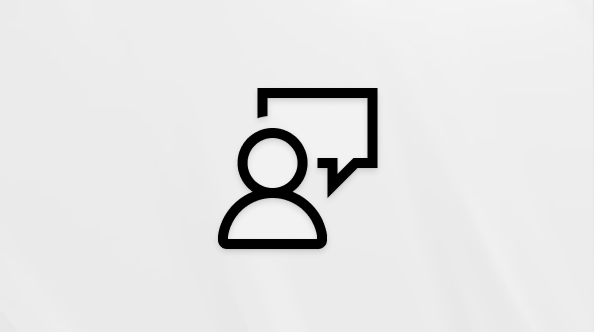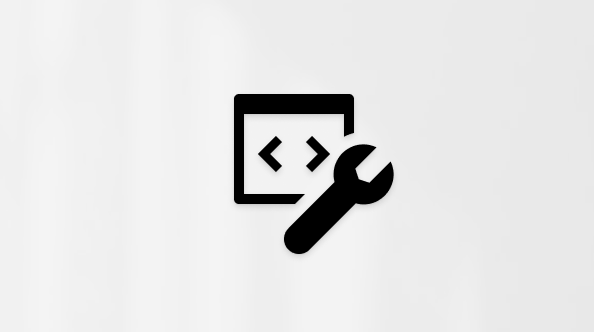Summary
The Visual Studio Client Detector Utility is a required component that must be installed on client computers for Visual Studio Administrator Updates to be correctly recognized and received. It is used to detect the current versions of Microsoft Visual Studio on client computers, and to determine whether an administrator update applies to those clients.
How to obtain and install the Client Detector Utility
The Visual Studio Client Detector Utility is included with all Microsoft Visual Studio 2019 and Microsoft Visual Studio 2017 product updates that were released on or after May 12, 2020, and it is also included with all Visual Studio administrator updates. This tool is also now independently available on both the Windows Server Update Services (WSUS) and the Microsoft Update Catalog so that administrators can deploy it separately if it is necessary. To do this, an IT administrator can download the Client Detector Utility from the Microsoft Update Catalog and install it directly on the client computers, or use the WSUS package and deploy it to the client computers throughout their organization by using Microsoft Endpoint Configuration Manager.
How to determine whether the Client Detector Utility was installed correctly
If the Client Detector Utility was installed as part of a Visual Studio installation, it is considered part of Visual Studio. If the tool was installed independently by using a WSUS or a Catalog package, it will be explicitly displayed in Windows Settings > Add or Remove Programs.
To verify that the Client Detector Utility was installed correctly regardless of how it was originally obtained, start PowerShell as an administrator on the client computers, and then enter the following command:
Get-CimInstance MSFT_VSInstance -Namespace root/cimv2/vs
The results should show all instances of Visual Studio that are installed on the computer.
If you receive an error message when you run Get-CimInstance, you can try to repair or reinstall the Client Detector Utility manually. To do this, first locate the following directory:
-
C:\ProgramData\Microsoft\VisualStudio\Packages\Microsoft.VisualStudio.Setup.WMIProvider,Version=xxxx
Next, locate the Microsoft.Visualstudio.Setup.WMIProvider.msi file, right-click the file, and then select Repair.
Error codes
Error codes for Visual Studio client products and components are defined on the Applying Administrator Updates page.
Feedback and support
You can use the following methods to provide feedback or report issues about the Visual Studio Client Detector Utility.
-
Refer to the guidance of Troubleshooting Visual Studio installation and upgrade issues.
-
Leave feedback on the dedicated Developer Community topic for this experience.
-
Ask questions of the community on the Visual Studio Setup Q&A Forum.
-
Visit the Visual Studio support page to check whether your issue is listed in the FAQ. You can also select the Support links button for a chat session.
-
Install Visual Studio, and then suggest a new feature or report a problem through the IDE. This adds another item to the Visual Studio Developer Community.
-
Contact your organization's technical account manager for Microsoft.










